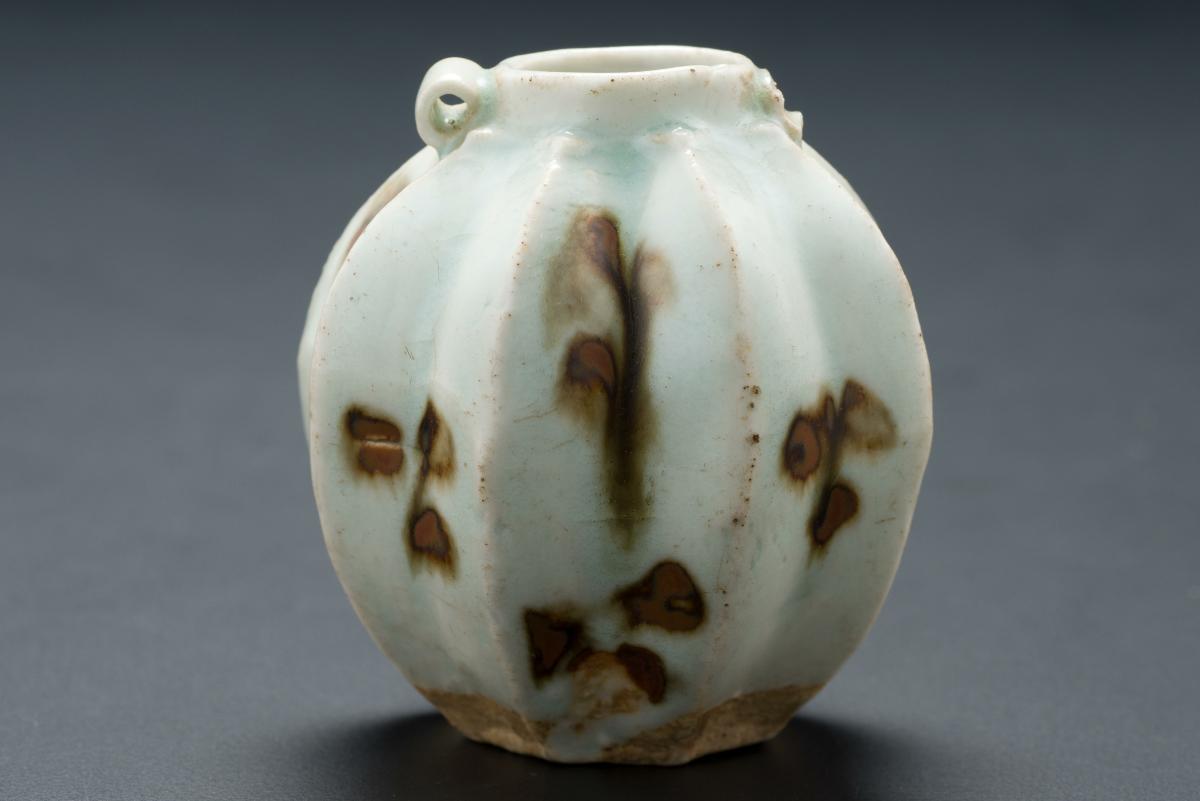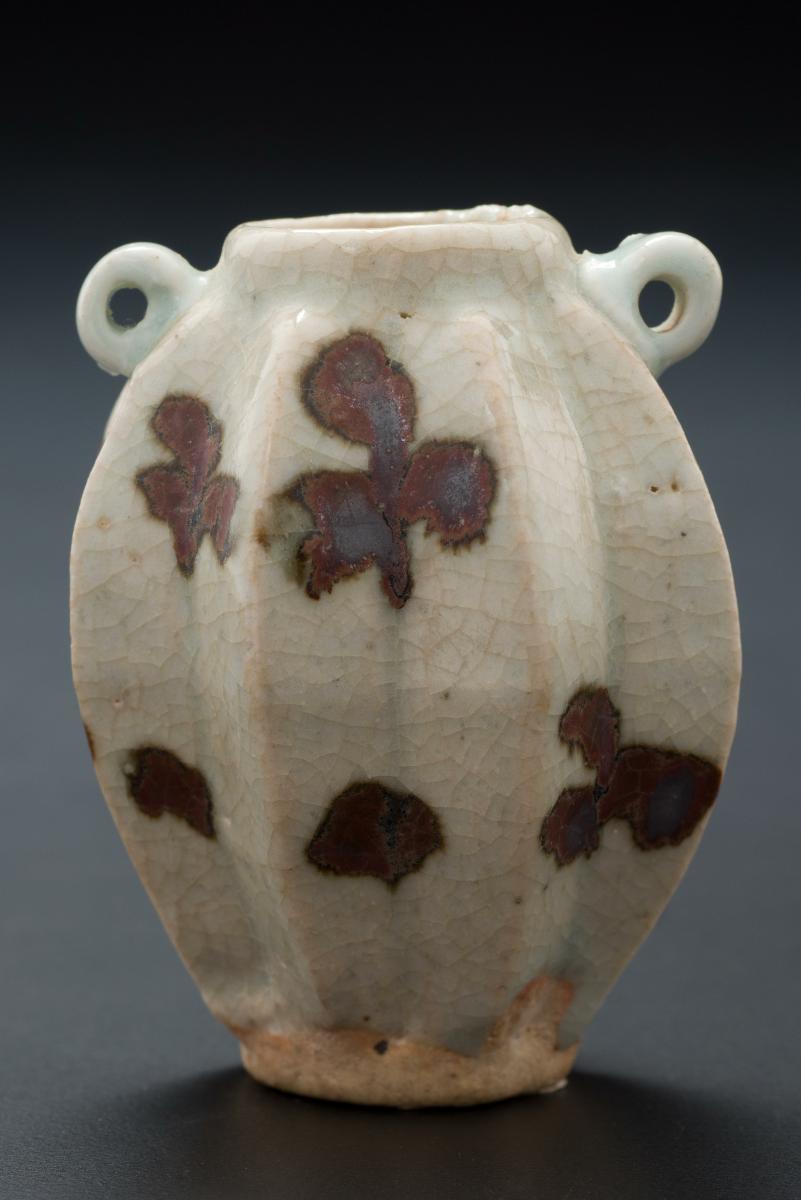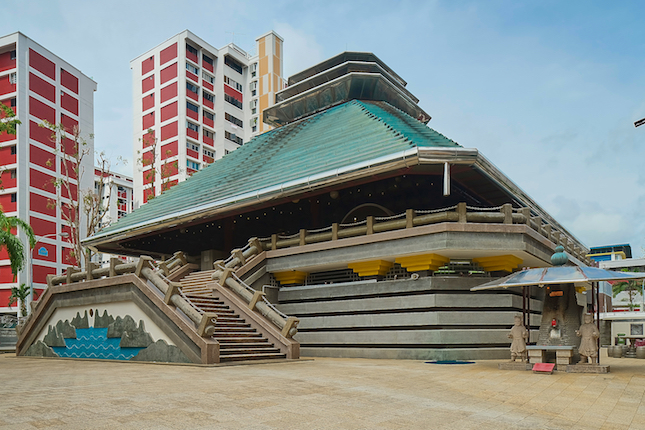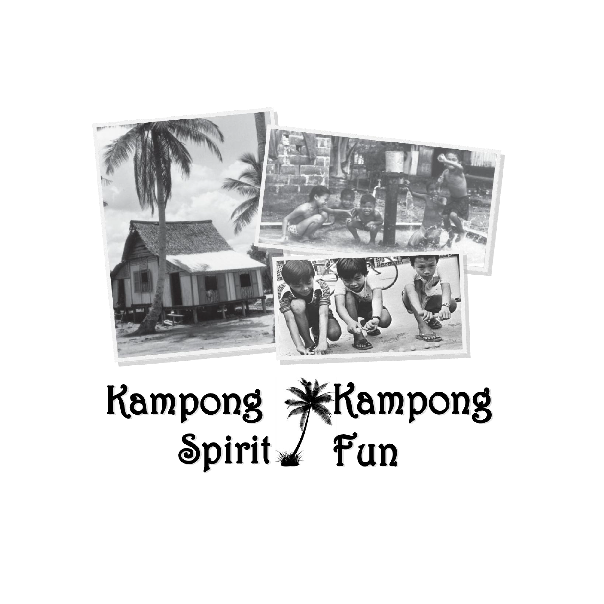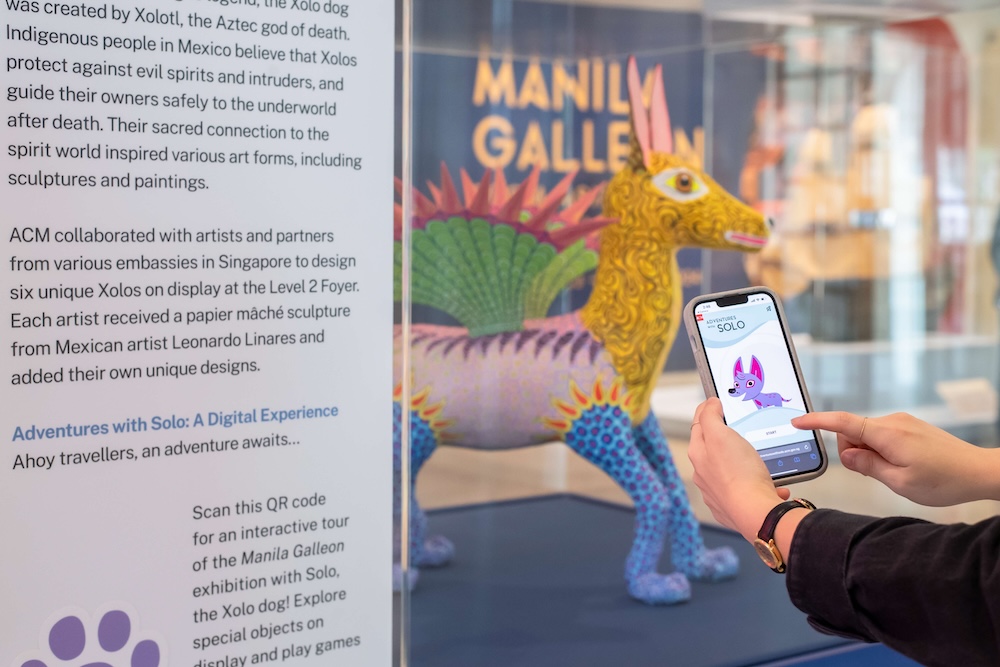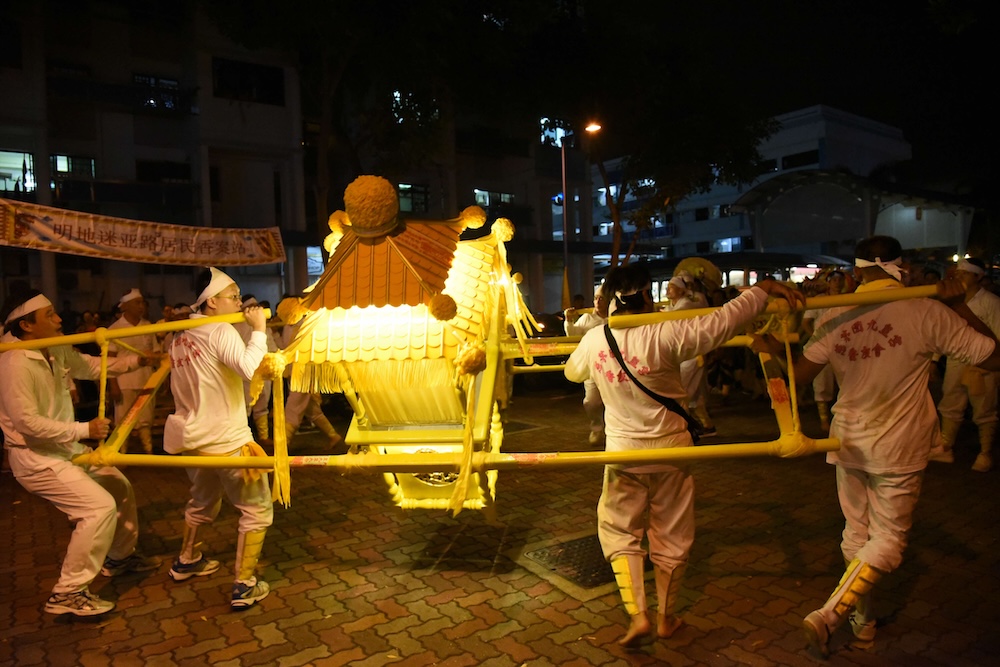Qingbai porcelain derives its name from the shadow blue (yingqing 影青) glaze that covers its rather white clay body. It is likened to clear still water and clear blue sky. Iron oxide was applied under the glaze to produce brown spots upon firing as seen in this small belimbing (starfruit) shaped jar. Qingbai poreclain became increasingly important in the 13th century with the increase in China’s maritime trade. Qingbai is one of the wares that was exported into Southeast Asia from the Southern Song period (1127-1279 CE) through to the Yuan (1279-1368 CE) and early Ming (1368-1644 CE). They were all acquired in the Philippines and are of types that were used as utility wares and for burials.




